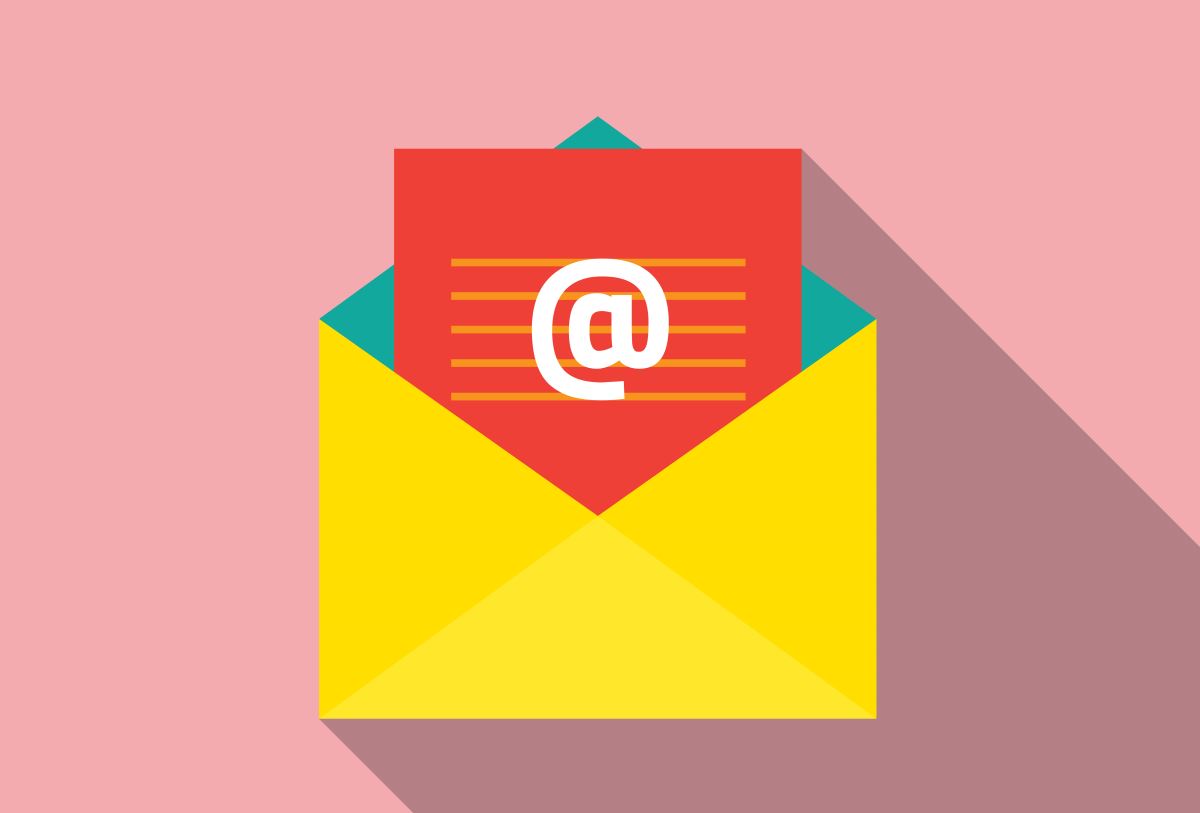Old School No More: Why E-Newsletters are Back in Marketing
Email newsletters used to be part of almost every organization’s marketing strategy. Then blogging and social media came along and e-newsletters lost their luster. Many marketers stopped producing them.
But as more and more companies embrace content marketing and customer relationship management, marketers are rediscovering the value of e-newsletters.
In part one of a two-part post, here’s why an e-newsletter can be a powerful tool in a smart marketing strategy and some tips for e-newsletter success.
Out of the Trash Heap and into Your Inbox
When web technology created dynamic new channels for communications, e-mail newsletters seemed destined to fade away.
But e-newsletters didn’t disappear. Look at your inbox; you’re probably getting several e-newsletters from media you follow, organizations you care about, and companies you do business with.
Why are e-newsletters thriving? One reason is the relationship between the publisher and the recipient. People have opted in to get an e-newsletter. Even if they don’t read it immediately, they want to receive it.
Also, as The New York Times recently observed, “people have grown tired of the endless stream of information on the Internet….An email newsletter generally shows up in your inbox because you asked for it and it includes links to content you have deemed relevant. In other words, it’s important content you want in list form, which seems like a suddenly modern approach.”
7 Reasons Marketers are Using E-newsletters
Back in the day when marketers first started publishing e-newsletters, the main objective was to promote their companies. But today’s marketers, including these B2B marketers profiled by HubSpot, are using e-newsletters to do much more:
- Deliver high-value content: An e-newsletter is an ideal channel for sharing solution-oriented content like case studies or “how-to” information.
- Enhance the brand: A quality e-newsletter with interesting, insightful content reflects positively on your brand and positions your company as an expert, which helps differentiate you from competitors.
- Build customer relationships: An e-newsletter helps connect your customers to your business. Providing information that enables people to do their jobs better increases your value as a supplier.
- Nurture sales leads: An e-newsletter is an easy way to make frequent, low-pressure contact with prospects and demonstrate why you’re a qualified supplier.
- Drive website traffic: Most companies host e-newsletter content on their websites and send HTML emails with website links. Once a reader is on your site, you can use the opportunity to encourage deeper engagement with other site content.
- Humanize the business: People do business with people they like. An e-newsletter can help you introduce the people who produce your products and services to your customers and prospects.
- Reach busy executives: I recently interviewed executives to develop a B2B marketing strategy for a client of my Cleveland marketing consulting firm. Though most were on LinkedIn, few were actively using social media for business – and everyone said they’d welcome the client’s emails. If you’re only using social media to share news and content about your business, you may be missing a lot of decision-makers.
Are you ready to launch an e-newsletter – or find ways to make your current publication more effective? Read my next post: Tips for e-newsletter success.






social media marketing trends
Arrest their attention by using rich colors and well defined graphics.
If you are interested in Lonex you can get more
details at. It is better not to ignore Word – Press SEO training as it is very much necessary to be successful online.